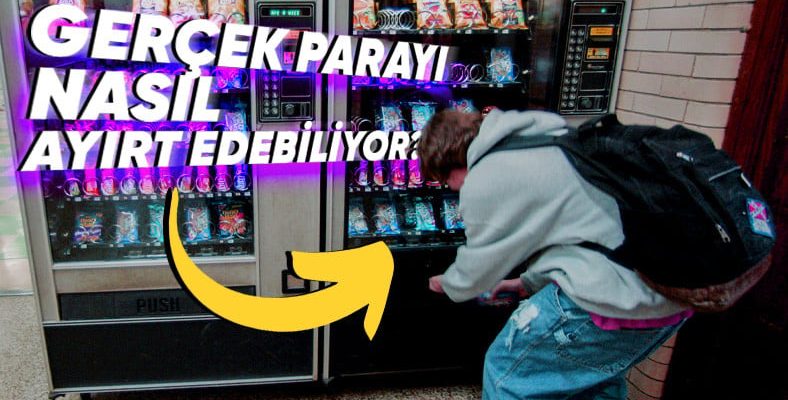Although not as much as in Korea and Japan, the use of vending machines is becoming more and more common in our country. The working system of vending machines, where we sometimes buy toys for children and sometimes a bottle of water to drink, is quite interesting.
All of us at least once have tried to throw the same coin over and over again, getting angry that the money we put in the vending machine has been returned over and over again. Unfortunately, no matter how stubborn we are, some vending machines may not accept some coins.
Once you understand the working principle of vending machines, you can stop trying to throw the same coin into the vending machine over and over. Because today, vending machines have a very comprehensive working principle, so they can detect all the details of money.
When they first came out, they couldn’t distinguish counterfeit money, and that was centuries ago.
Before they took their present form, vending machines worked with a much simpler system. Firstly 1st century AD These machines, which are known to be used, were used to distribute candy and gum at that time.
In 1893, Stollwerck, a chocolate company, installed the first vending machine in a public place where they could buy chocolate in exchange for money. However, this automaton He could not distinguish counterfeit money. The vending machines we use today, on the other hand, almost hunt for counterfeit money. So, what kind of journey does the 1 TL we put into the vending machine go through?
The 1 TL you throw into the vending machine is first met by a series of light sensors.
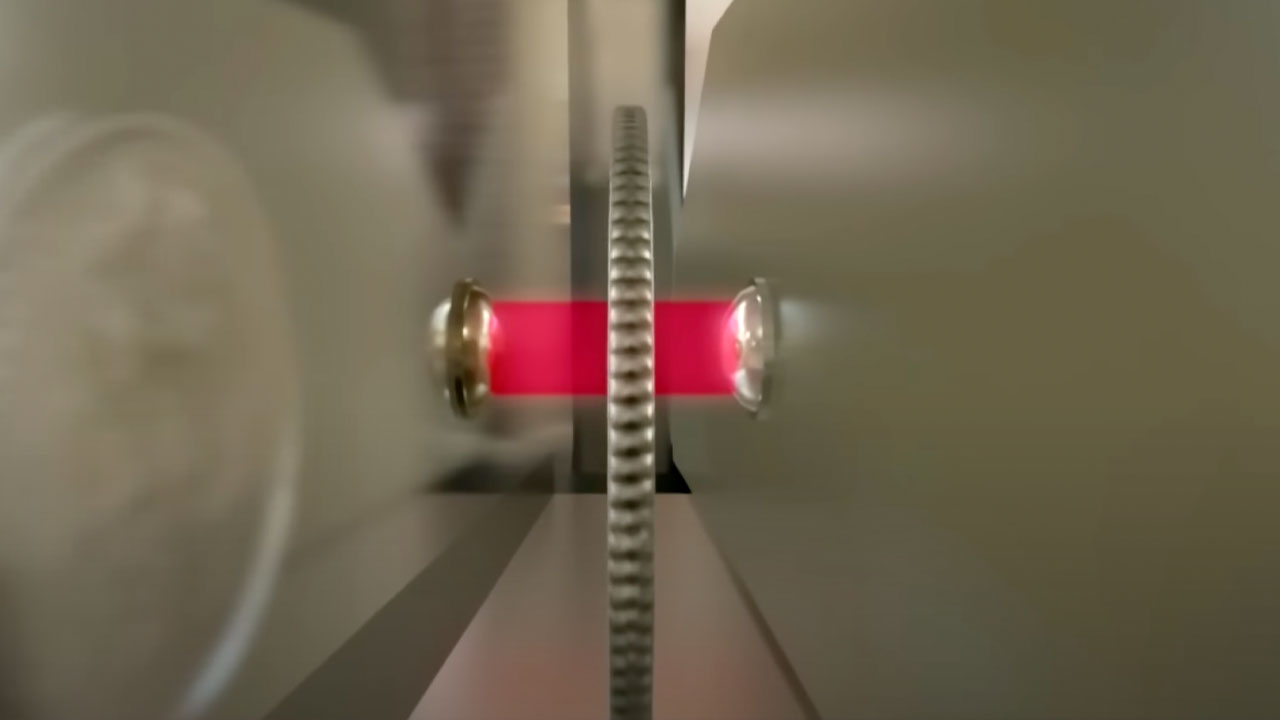
The thickness, height and size of the coin you throw is first understood by these light sensors. For this, the dimensions of the original 1 TL are recorded in the database of the machine in advance. Thus, the machine is able to collect coins outside of these dimensions. He can tell it’s ‘fake’.
The coins that pass the test of light sensors are covered by electromagnets this time.
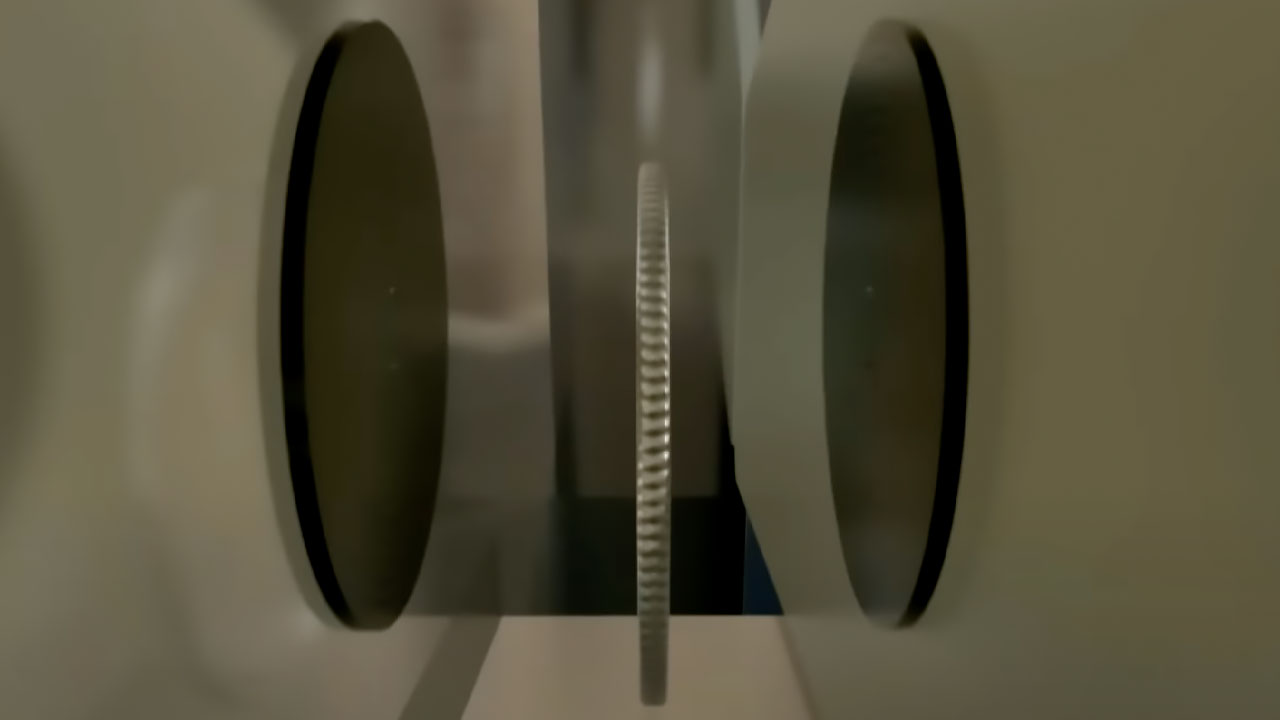
These electromagnets are used to understand the material the coin is made of. in what materials are and how much This can be detected with the help of electromagnets in automatons.
In the 1 TL we use zinc, nickel and copper is found. The proportion of these materials must comply with predetermined standards. Since the materials used in counterfeit coins are generally less valuable and not in the right proportions, the conductivity of the money is different.
This helps the electromagnets to detect the different materials inside the money and can easily identify the counterfeit money.
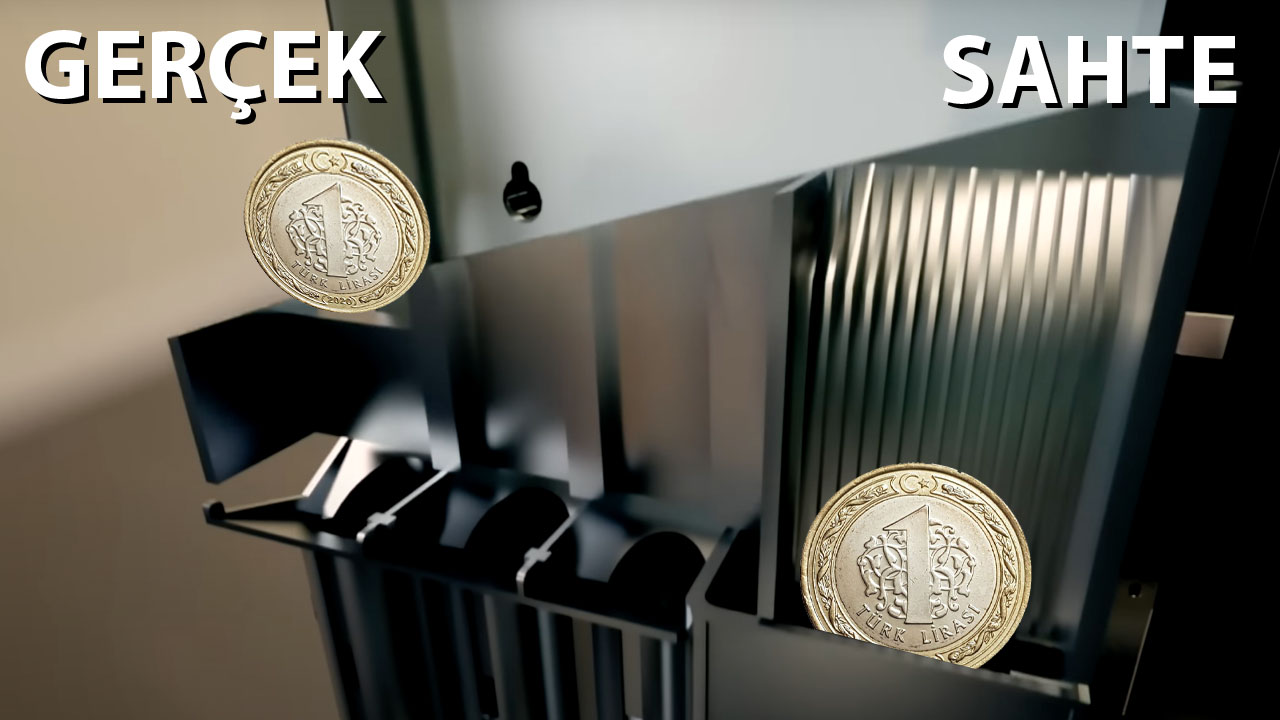
The vending machines then put the ‘correctness’ of the information they collect into the database. pre-entered with standards compares. If the coin is not the size already in the database and is made of a different material the vending machine returns this money, separating it from the others.
Let’s take a look at the journey of the money thrown in the vending machine with a video:
This was the reason why the newly printed 1 TL was not accepted by some vending machines.
With the statement made by Darphane, the new 1 TLs lost about 20 percent of its weight. At the same time, coins that had thinned by half a millimeter were not accepted by the vending machines because the new 1 TLs did not meet the standards registered in these vending machines’ databases.
With the new rates being processed into the database of vending machines, this is also the case. The problem started to be solved gradually. You can find our article about this adulteration practice on coins below:
RELATED NEWS
Is It Possible to Work in Vending Machines for Coins Reduced Weight With Adulteration?
Automatons, on the other hand, have a very important task as they can understand even these small differences.
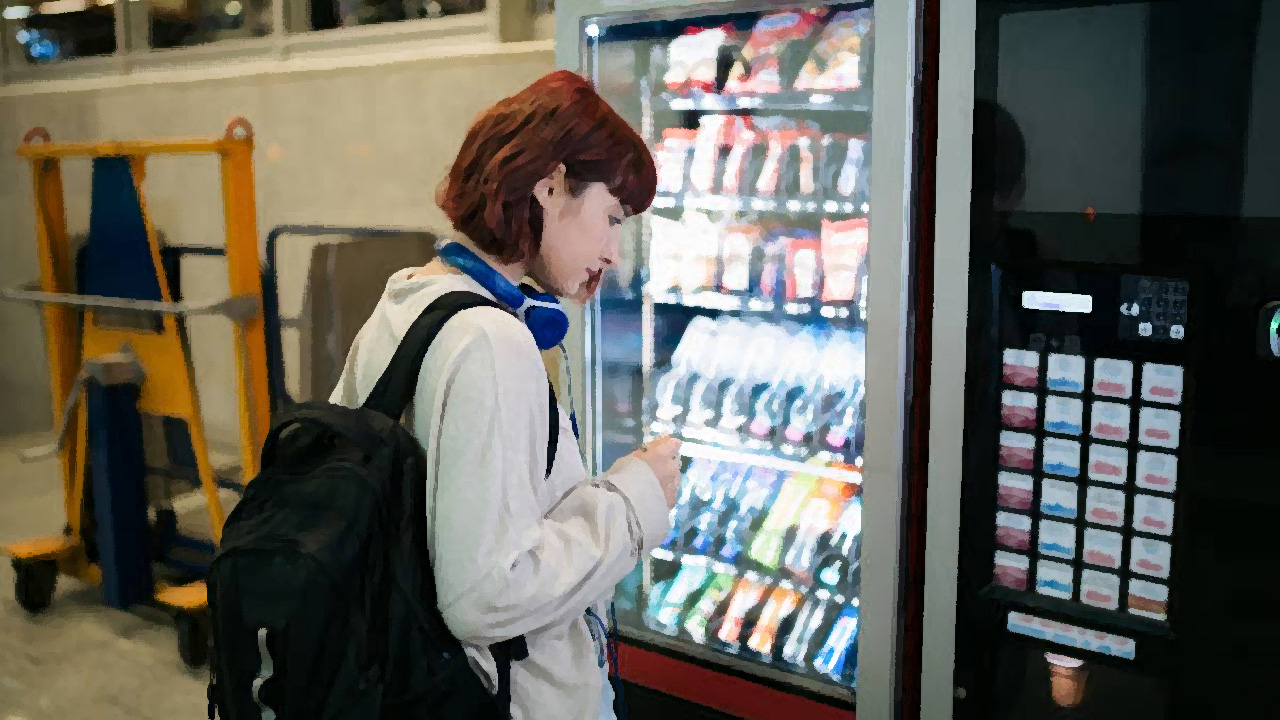
It is much more difficult to detect that a coin is counterfeit than paper money. As a result, many of us don’t even pay much attention to whether it’s fake or not, as coins are less valuable. Therefore, counterfeit coins are much more It can circulate in the market for a long time.
Even if the 1 lira you throw away to buy a bottle of water is stubbornly returned to you by the vending machine. most likely fake We can say it is.
RELATED NEWS
